4 Pre-Construction Strategies to Prevent Subterranean Termite Damage
The Good, Better, and Sustainable Treatment Options to Consider
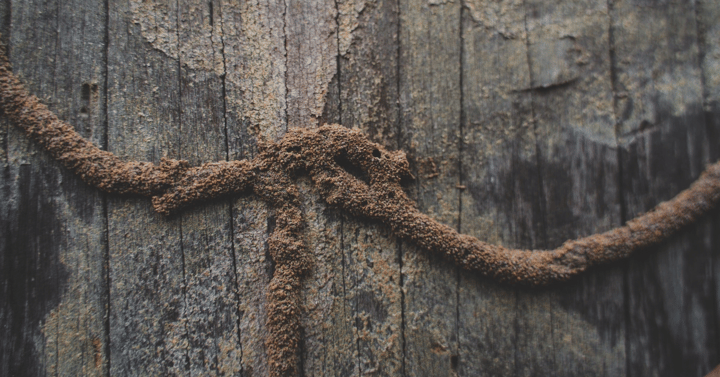
If you already own a home or building, there is probably no good news when the word “termites” comes up. Treatment options can be expensive, unavoidable and unsustainable. Once a concrete slab is in place – or the structure is built on your lot – your options are limited.
There is a lot of good news, however, when it comes to subterranean termite prevention strategy before construction begins and this is what this article will focus on. Before you build, new innovations and a holistic approach to termite prevention can defend the most important side of your building -- the place where subterranean termites live, travel and forage: the soil.
The purpose of this article is not to catalog the myriad of products and strategies available for preventing Formosan termite infestation in your new home. Rather, we will explore the four most common strategies in use today, all of which can be effective, but also each with their own limitations.
Let’s dive in and weigh the options!
Strategy #1: Soil Pretreatement - Effective before construction, but for how long?
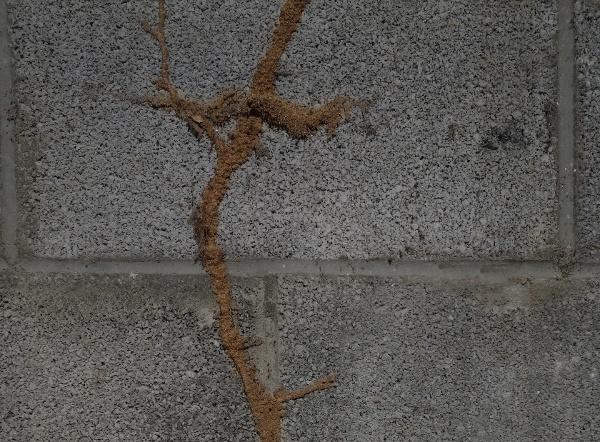
A pretreatment is intended to protect the most common access points for subterranean termites.
The most common first step in preventing subterranean termite damage for new construction comes in the form of what is called a pretreatment or a “pretreat.” This involves saturating the soil with spray applied chemical termiticides. Once a pretreat is applied, construction can continue on top of the chemically treated soil.
A key benefit to a soil pretreatment is that the entire footprint of the structure is protected. A pretreatment is intended to protect the most common access points for subterranean termites, which include:
- Pipe penetrations for plumbing/conduit,
- Cracks in the concrete slab
- Control joints in the concrete slab, and
- Crawl spaces.
Pretreats are relatively inexpensive and when done properly, can be effective…for a time.
For more than 80 years, the United States Department of Agriculture’s Forest Service has field tested the efficacy and lifespan of a range of termiticides in diverse regions of the country. Their 2018 Termiticide Efficacy Report demonstrates a wild variance in both the effectiveness and the lifespan of chemical treatments. Industry experts generally indicate a lifespan of six months to five years when applying. This wide variance of a termiticide’s effectiveness depends on soil conditions, application rates, exposure to high pH (i.e. concrete) and a host of other variables.
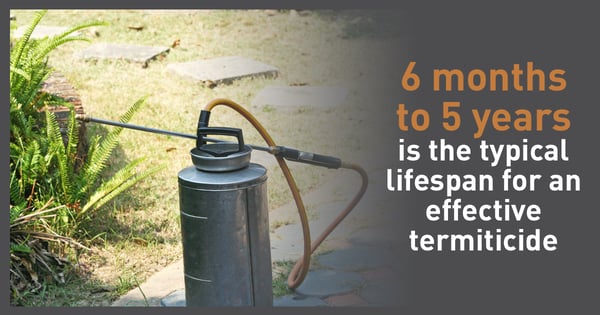
Once these variables take their toll, the termiticide loses its efficacy and your structure becomes at risk for termite infestation.
There are some common workarounds to account for the limited lifespan of a pretreatment. Some builders opt for a reticulation system, a network of drip lines placed on top of the soil underneath your structure. Periodically, termiticide can be pumped through these lines saturating the soil once again. This comes with a price, of course: a reticulation system will significantly add to the cost of using a pesticide defense under your home.
Strategy #2: Perimeter Treatments - Extending the line of defense but prolonging the war.
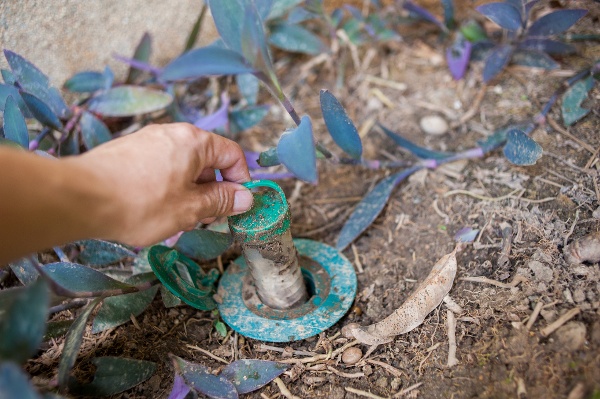
There is "good news and bad news" when using termite bait stations as a perimeter treatment option.
This strategy is a natural outflow of soil pretreatment. Recognizing termiticides will in time lose their effectiveness under your slab, the next front in the war of termite prevention moves from the underside of the structure to the perimeter.
There are two common ways to protect the perimeter of a structure:
- Saturating the soil with pesticide. The intent here is to create a chemical moat around your home. But just as with pretreatments under slab, this moat loses its effectiveness over time and will need regular reapplication of termiticide to remain effective.
- Bait stations are an alternate perimeter strategy with the same goal: killing termites through exposure to poison. The difference here is that the poison in bait stations is contained within the bait and not saturated in the soil. Termites foraging for food will detect and attack the bait station and transfer the termiticide throughout the colony.
Monitoring and replacing these bait stations is critical to their effectiveness. When termites take the bait, a “good news, bad news” situation arises. The good news: they took the bait. The bad news: termites are present, which means you must then diligently inspect the property to ensure they haven’t also bypassed the bait station and attacked the structure as well.
Bait stations can be costlier, due to the regular monitoring and inspection they require, but also offer two key benefits over soil treatments. First, we reduce the amount of termiticides put into the ground. Additionally, bait stations limit the exposure of pesticides to non-target species. From an environmental standpoint, bait stations are the more sustainable choice for a perimeter treatment.
Strategy #3: Physical Termite Barrier Systems - Tough enough, but can they be affordable too?
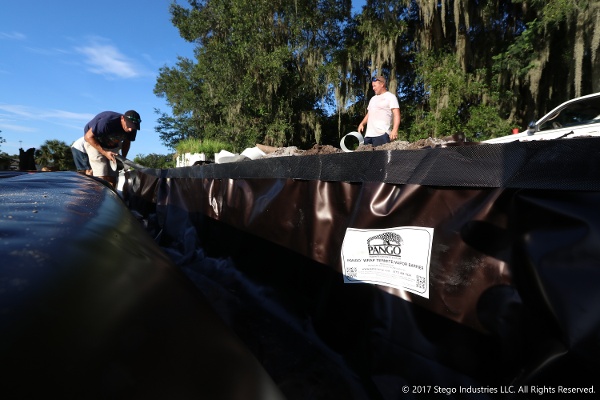 Highly-engineered termite barriers strong enough to stop termites can also protect against other sources of damage to the concrete foundation, such as water vapor diffusion.
Highly-engineered termite barriers strong enough to stop termites can also protect against other sources of damage to the concrete foundation, such as water vapor diffusion.
A physical termite barrier, by definition, does not contain any pesticides whatsoever. These products rely on the strength of their material to block termites from going from point A to point B.
Obviously, if a material is intended to block termites from chewing through it, it needs to be tough. Stainless steel mesh has been successfully used to protect likely termite access points, such as plumbing penetrations through the floor slab. Its high price point, however, renders it infeasible to protect the entirety of the under-slab footprint where control joints, cracks and post construction cut outs provide an easy path for termites to bypass the steel mesh and enter a structure.
Alternatively, there are some specialized plastic films designed for excluding termites that can provide this monolithic protection beneath the entire footprint of the structure, at a cost-effective price point. This unique plastic-film technology can be used with bait systems or perimeter treatments for additional protection against termites, which might still travel up exterior walls in search of a food source.
Additionally, highly-engineered membranes strong enough to stop termites can also protect against other sources of damage to the concrete foundation, such as water vapor diffusion.
Strategy #4: Integrated Pest Management
Integrated pest management (IPM) is more of a philosophy and collection of best practices than a single method or type of product.
IPM’s objective is to effectively protect structures from termite attack while at the same time eliminating -- or at least reducing -- the use of pesticides. The overriding theme of an IPM strategy is to employ green, environmentally friendly means and methods to pest control.
The central component to any IPM strategy is the installation of a good under slab physical termite barrier. Around the perimeter, bait stations (with regularly scheduled inspections) take priority over soil-saturating termiticides. Only if termites are found to be attacking the structure would pesticides be applied to mitigate the problem.
Landscaping choices can also play a significant role in whether a structure is attractive to termites. Removing mulch, shrubs, woodpiles, and any other cover and food sources from the perimeter of a structure is a cornerstone of IPM.
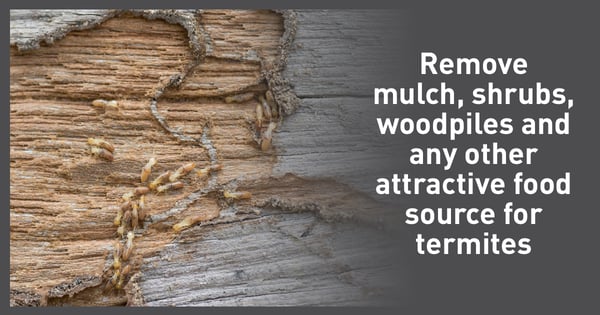
The Best Strategy for Subterranean Termite Protection is Trending Green
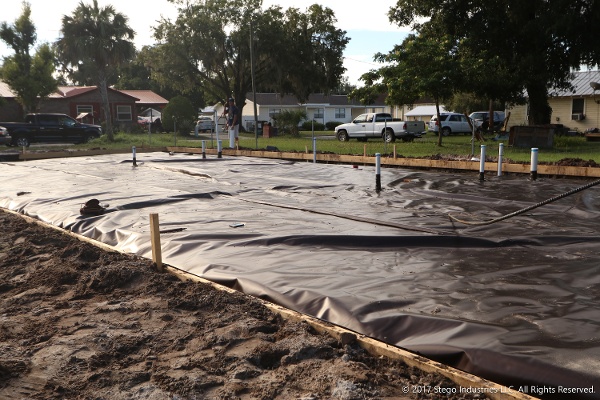 Consider your termite prevention strategies before you begin construction so you know all the options out there.
Consider your termite prevention strategies before you begin construction so you know all the options out there.
The trajectory of most building decisions in the 21st Century is toward environmentally friendliness and good stewardship of our land and water. With these in mind, IPM is unquestionably the smart choice.
However, no one product, strategy or application is foolproof. Adhering to a sound IPM approach to subterranean termite protection can be very effective at preventing infestations while minimizing environmental impact. This approach requires forethought before construction in the selection and installation of a quality physical termite barrier and landscaping decisions that make your home appear aesthetically pleasing to passersby, and less like a buffet to foraging termites below.
Where to start? Seek out a local pest management professional well versed in IPM strategy and implementation. Look for pest management companies that are Green Pro Certified through the National Pest Management Association (NPMA). Companies earning this designation should know IPM best practices and employ less toxic methods of termite protection.
Don’t let subterranean termite protection daunt you before you begin construction. Doing it right – and more sustainably than in past generations – is an opportunity any existing home or building owner dealing with a termite infestation would envy.

Written by Ryan Goodwin
Ryan Goodwin is the Pango® Product Manager at Stego Industries, LLC. He has been a part of the Stego team for over fifteen years with previous roles as the Regional Manager and Regional Director for Texas, Oklahoma, and Louisiana. As the Pango Product Manager, Ryan was a part of the team that developed Pango Wrap. Ryan appreciates working with design professionals, pest management professionals, and contractors to promote Integrated Pest Management practices and sustainable solutions for pest control.
- Stego (26)
- StegoCrawl (24)
- Stego-Awareness (17)
- StegoHome (15)
- Case Studies (14)
- StegoCrawl-Consideration (12)
- StegoCrawl-Awareness (11)
- Customer Stories (9)
- Stego-Consideration (9)
- Pango (8)
- StegoHome-Consideration (8)
- Beast (7)
- How to Install (7)
- StegoHome-Awareness (7)
- Drago (5)
- Pango-Awareness (5)
- Beast-Awareness (4)
- Beast-Consideration (3)
- Drago-Awareness (3)
- Pango-Consideration (3)
- Stego IQ (3)
- Drago-Consideration (2)
- StegoCrawl-Decision (2)
Popular Posts
Stay Connected.
Enter your email below.







Post Comments